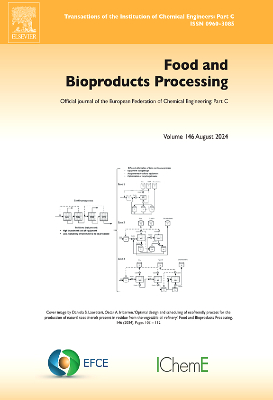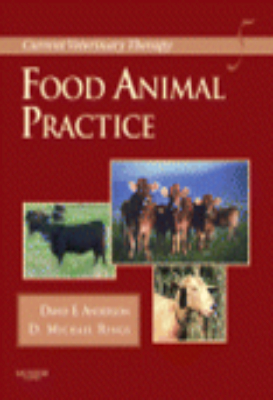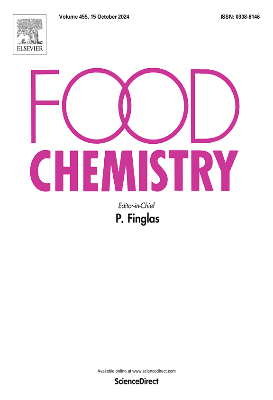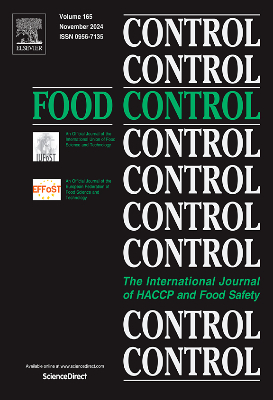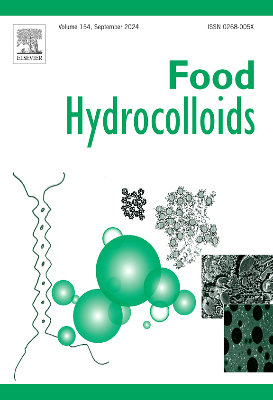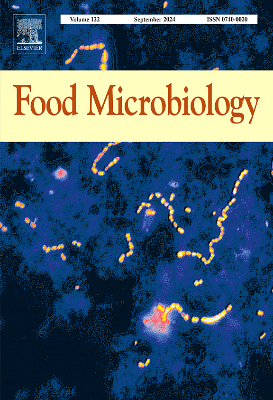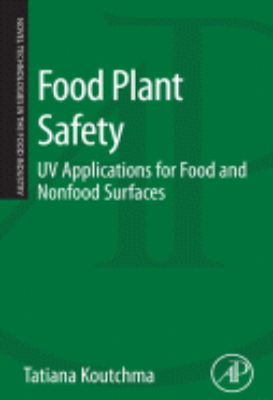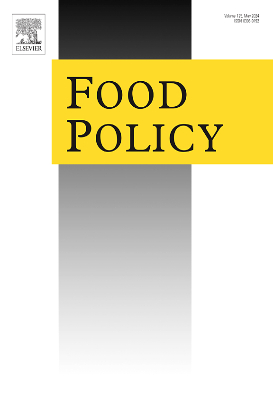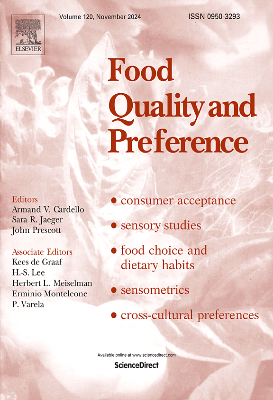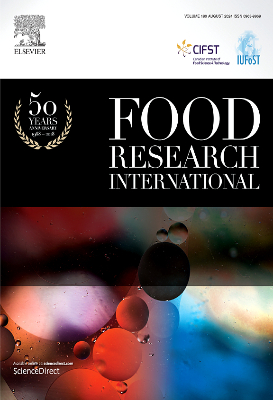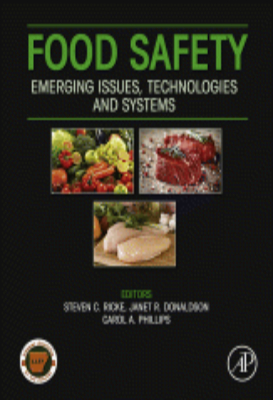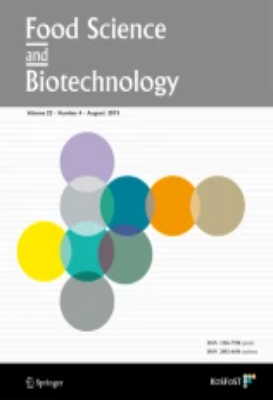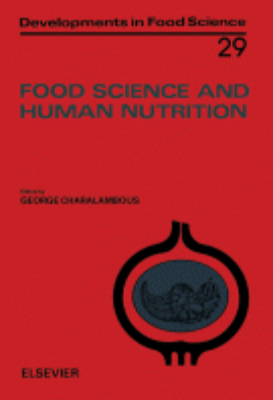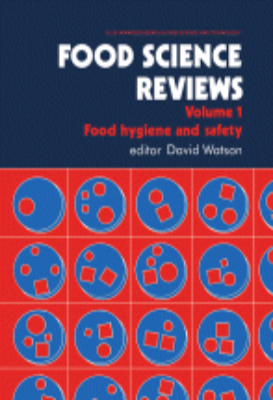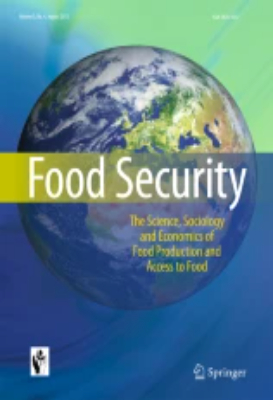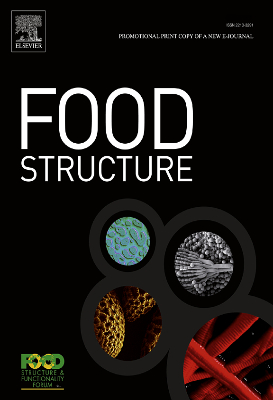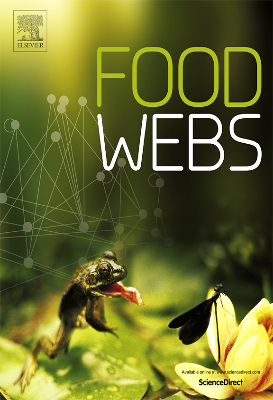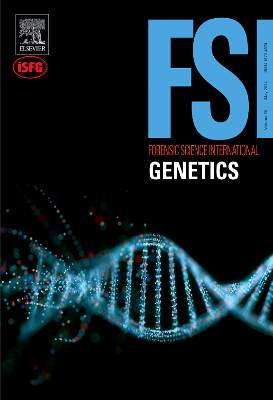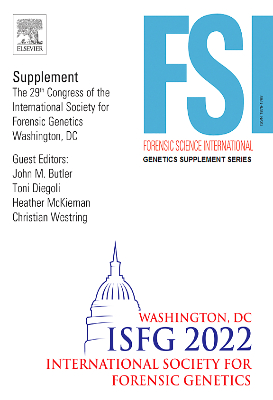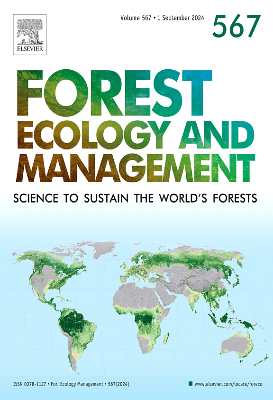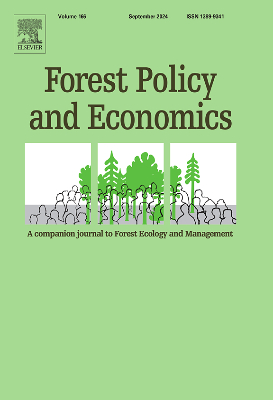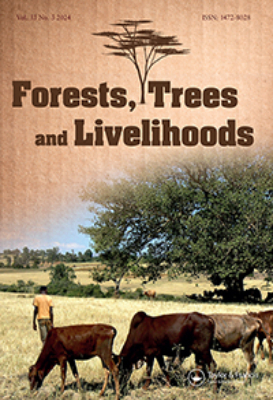E-Resources
Food Animal Practice
Written by leading food animal researchers, practitioners, and educators, this comprehensive guide provides quick access to the latest medical and surgical interventions for cattle, sheep, and goats. The concise, quick-reference format and logical body systems organization make it ideal for use in both the clinical setting and the field. Youll easily locate key information on preventing, treating, and managing disease in food animals, as well as expert insights on improving outcomes for individual animals and herd populations.
Food Plant Safety
"Food Plant Safety: UV Applications for Food and Non-Food Surfaces discusses the fundamental principles of ultraviolet (UV) light technology, and gives practical recommendations on UV processes and systems design for specific processing operations, as well as how microbial efficacy of UV light can improve the quality of existing product lines. Innovative research of ultraviolet light for food applications has been growing worldwide. With increased consumer demand for fresher, minimally processed but safe foods, comes the need for novel technologies to meet that demand. Ultraviolet technology has been taking its niche in food production as a non-chemical treatment to control and enhance safety of processing plants and storage facilities. This concise resource covers the fundamentals of this promising technology and its applications; it will benefit a broad audience of professionals in food engineering, processing, and product development, as well as graduate level students. Key Features. Focuses on plant processing operations in the food industry. Presents the benefits of UV light technology applications for air quality, and safety of non-food and food contact surfaces. Covers the cost benefits and energy and environmental advantages of using UV technologies"
Food Safety
"Food Safety: Emerging Issues, Technologies and Systems offers a systems approach to learning how to understand and address some of the major complex issues that have emerged in the food industry. The book is broad in coverage and provides a foundation for a practical understanding in food safety initiatives and safety rules, how to deal with whole-chain traceability issues, handling complex computer systems and data, foodborne pathogen detection, production and processing compliance issues, safety education, and more. Recent scientific industry developments are written by experts in the field and explained in a manner to improve awareness, education and communication of these issues. Key Features. Examines effective control measures and molecular techniques for understanding specific pathogens. Presents GFSI implementation concepts and issues to aid in implementation. Demonstrates how operation processes can achieve a specific level of microbial reduction in food. Offers tools for validating microbial data collected during processing to reduce or eliminate microorganisms in foods"
Food Science Reviews
Bridging the gap between journal articles and specialised books, Food Science Reviews provides expert coverage of key areas of food science. Drawing solely on contributions from leading scientists, the collated essays established themselves as a standard reference on the most interesting current work in the field. This topical first volume covers an area which is increasingly in the public and scientific eye. Expert contributions on all aspects of the microbiological and chemical safety of food provide a key review of food hygiene and safety.


